HEALTH
HVOs B1 Cam Shows Cooling Lava at Halemaumau Crater
Published
1 year agoon
Hawaiis Kīlauea volcano continues to erupt, with activity concentrated in a large lava lake in the eastern half of Halemaʻumaʻu crater, according to the U.S. Geological Survey.
A video shared by the agency shows a full day of lava flow activity in the eastern portion of Halemaʻumaʻu crater, captured Jan. 7. Multiple “minor” lava fountains can be seen erupting in the upper left.
The cooled surface of the lava lake shows dark “crustal plates” flowing toward the camera. As the lava hits the edge, it builds up “levees.” During the videos time period, the lava overflows the levee several times.
Kīlauea began erupting again this month after a brief pause, according to the USGS, just weeks after Mauna Loa erupted for the first time in decades. Kīlauea stopped erupting in December for the first time since September 2021.
On Jan. 5, officials reported increased summit earthquakes and ground deformation. A summit eruption in Halemaʻumaʻu crater began just after 4:30 p.m. HST, USGS said.
As of Jan. 12, all recent eruption activity has been confined to the summit in a closed area of Hawai’i Volcanoes National Park, officials said. According to the latest update from USGS, the eastern lava lake had an area of about 30 acres on Jan. 10.
According to the USGS, earthquake activity diminished with the eruption, and it has had no impact on nearby Mauna Loa, which remains quiet. Officials said the main hazard associated with the eruption is volcanic gas, and vog, or volcanic smog, which has potential health hazards.
The “extremely hazardous” Kīlauea caldera rim surrounding Halemaʻumaʻu crater has been closed to the public since 2007, USGS said. In 2018, an eruption of Kīlauea forced evacuations and destroyed hundreds of homes.
More From Sci + Tech
-
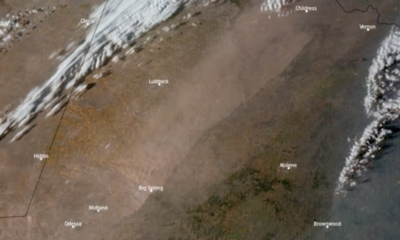

A broad area of dust stretching across Texas this afternoon…
-
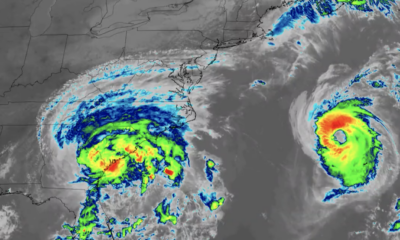

As Idalia makes its trek along the coast and eventually…
-
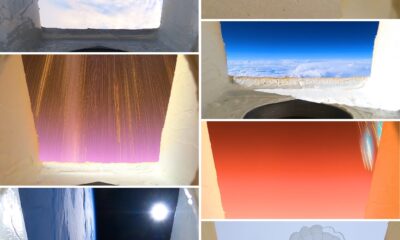

Varda Capsule Earth Reentry Images. They Became the 3rd Private…
-
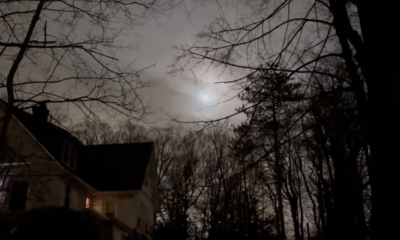

More: Bergen County, New Jersey, #WormMoon tonight and a halo…
-
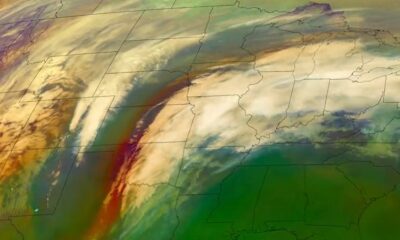

A ten-hour time lapse of the powerful winter storm taking…
-


FDA Alerts Parents To Urgent Recall Of WanaBana Fruit Puree…
-
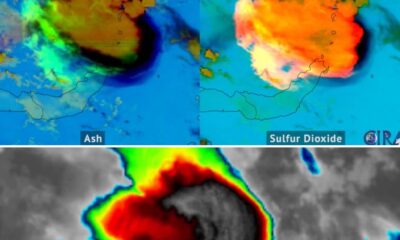

Indonesia – Ruang Volcano. CIRA Imagery An explosive eruption of…
-
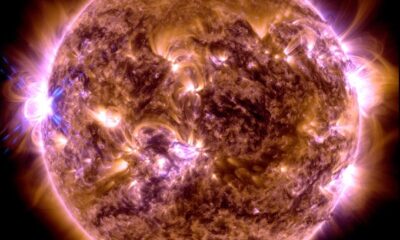

NYE Solar Flare, Largest Since 2017, Per Reports.
-
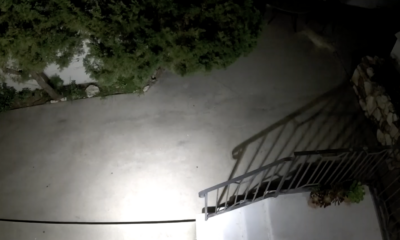

The #earthquake that struck 16 miles south of the Malibu…
-


With More Kids In ERs For Melatonin Ingestion, Supplement Trade…
-
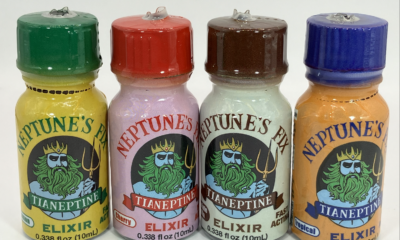

FDA Warns Recalled Gas Station Supplements Can Cause Seizures And…
-
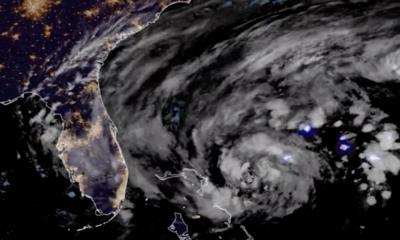

Tropical Storm Nicole slowly gathering strength and approaching the Bahamas.
